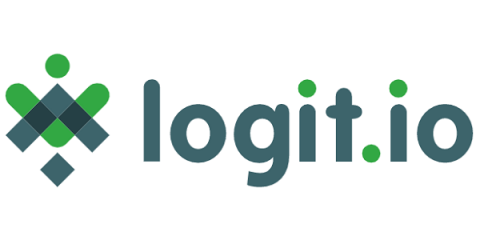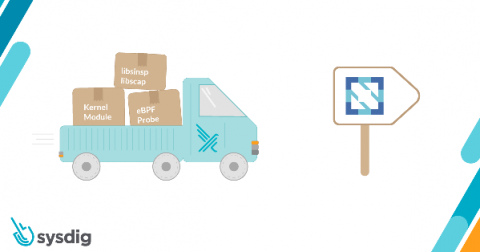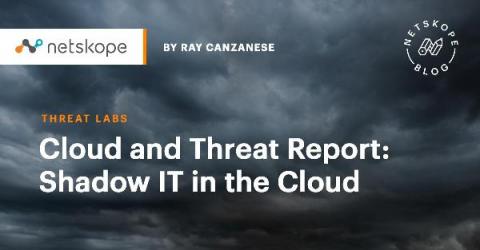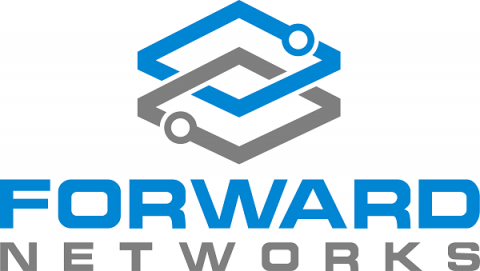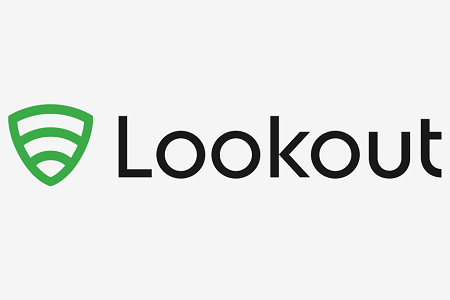Information Security Policy: Must-Have Elements and Tips
Organizations often create multiple IT policies for a variety of needs: disaster recovery, data classification, data privacy, risk assessment, risk management and so on. These documents are often interconnected and provide a framework for the company to set values to guide decision-making and responses. Organizations also need an information security policy. This type of policy provides controls and procedures that help ensure that employees will work with IT assets appropriately.





